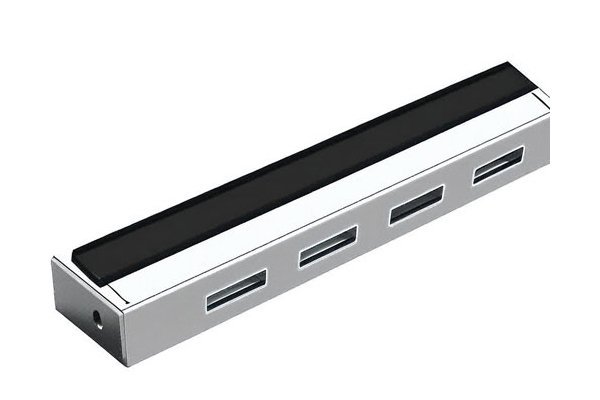Opening: A Game-Changer in Manufacturing
Did you know that surface treatment processes can enhance the lifespan of components by up to 300%? In today’s competitive manufacturing industry, achieving optimal performance and durability for CNC machined parts is paramount. As industries evolve, the technology behind surface treatments continues to innovate, greatly affecting the end product’s quality. This blog will dive deep into the effective surface treatment methods and process selections for CNC machined parts, equipping you with the knowledge to enhance performance and reliability.
—
Understanding Surface Treatments and Their Importance
Surface treatment refers to the process of altering the surface of materials—metals, plastics, or composites—through mechanical, chemical, or thermal means. This alteration can improve a part’s resistance to wear, corrosion, fatigue, and surface aesthetics. Numerous factors impact the choice of surface treatment method, including the intended use of the part, the operating environment, material properties, and cost considerations.
—
Popular Surface Treatment Methods
Anodizing is an electrochemical process that changes the surface of metals, most commonly aluminum, into a durable, corrosion-resistant finish. During anodizing, the aluminum oxide layer becomes thicker, increasing wear resistance and promoting better adhesion for paints.
Powder coating involves applying a dry powder to a metal surface, which is then heated to create a hard finish. This method is known for its uniformity, toughness, and aesthetic appeal.
Electroplating is the process of depositing a layer of metal onto a component’s surface to enhance its properties, such as conductivity and corrosion resistance.
Blasting (e.g., sandblasting) and polishing are mechanical processes that refine the surface of materials. Sandblasting is used to remove contaminants and roughen the surface, promoting better adhesion for coatings. Polishing, on the other hand, enhances a part’s finish to a mirror-like shine.

Heat treating alters the physical and sometimes chemical properties of a material, typically metals, to increase hardness, strength, and other desired characteristics.
—
Selecting the Right Surface Treatment Process
Choosing the most suitable surface treatment for CNC machined parts is critical. Here are essential factors to consider:
—
Combining Processes for Improved Results
In many cases, multiple surface treatments can be combined to achieve enhanced properties. For example, a metal part may first undergo anodizing to improve corrosion resistance, followed by a powder coat for aesthetic appeal. Each added layer serves a purpose, improving the performance and longevity of the part.
—
Technologies Shaping the Future of Surface Treatments
The surface treatment landscape is evolving with technology. Innovations such as nanotechnology, environmentally friendly options, and advancements in precision coating methods are creating new capabilities. Here are a few trends to watch:
—
: The Importance of Surface Treatments in CNC Machining
Surface treatment methods are a critical component of CNC machining that directly affect the quality, reliability, and lifespan of manufactured parts. From anodizing to polishing, each method presents unique advantages tailored to specific applications. Understanding the selection process and embracing advanced technologies can significantly enhance manufacturing efficiency and product quality.
As manufacturing continues to advance, so will the capabilities of surface treatment processes. Keeping abreast of these innovations is vital for staying ahead in a competitive landscape. Embracing the right combination of surface treatments according to your part specifications can not only meet but exceed industry standards—ultimately redefining the durability and performance of CNC machined parts.
Investing time into understanding these processes is not just beneficial; it is a necessity in today’s fast-evolving industrial ecosystem. Whether you are a manufacturer, engineer, or industry expert, revisiting your surface treatment strategies might be the key to unlocking new potentials in your CNC machining operations.






